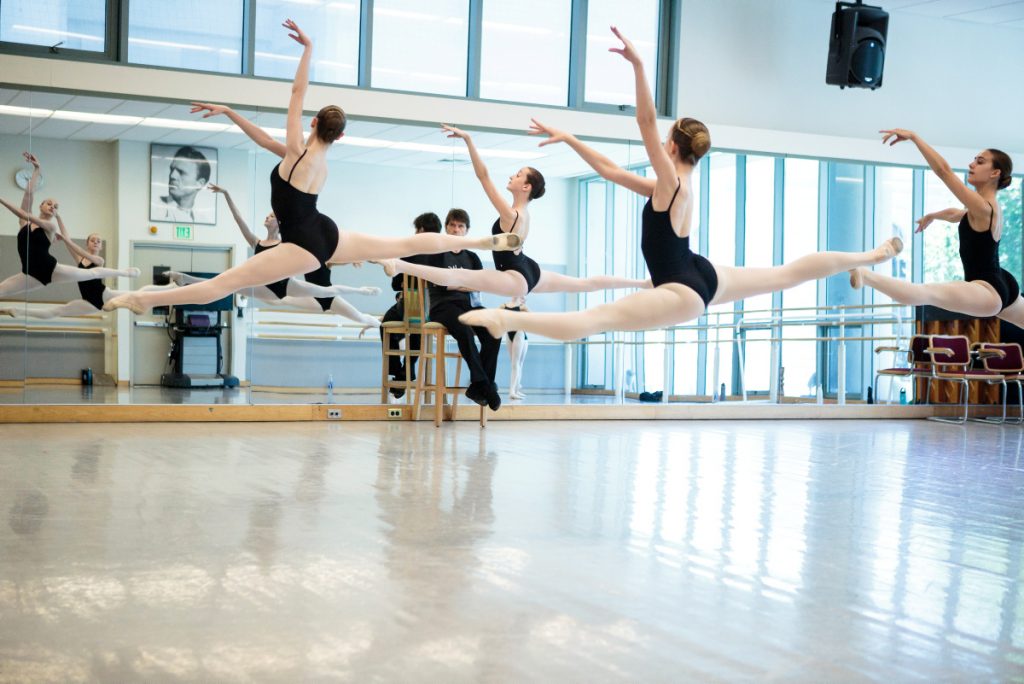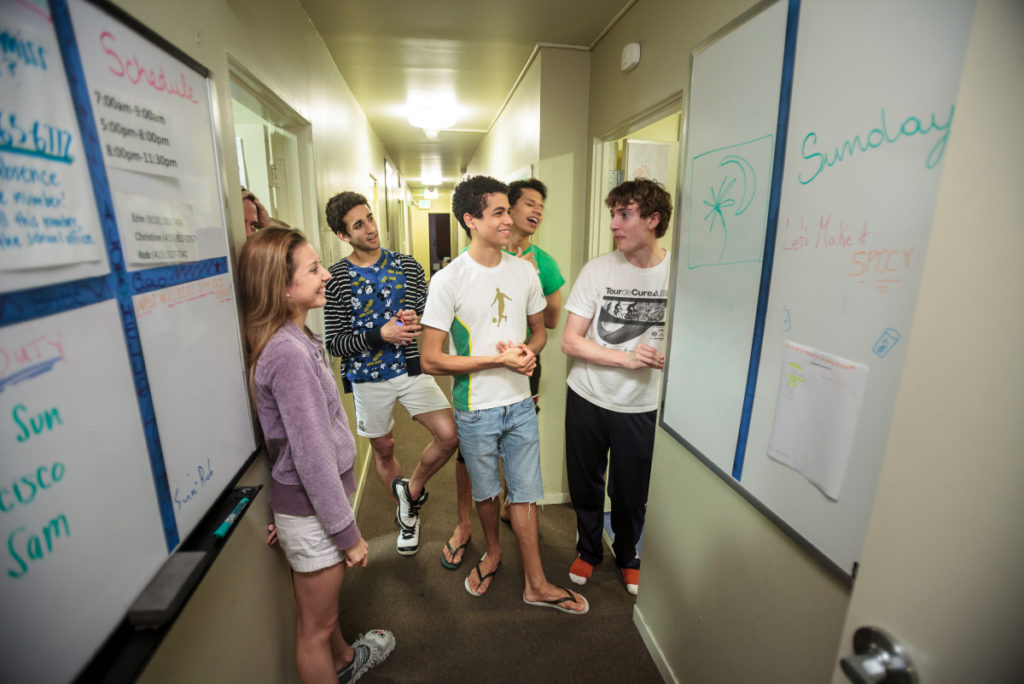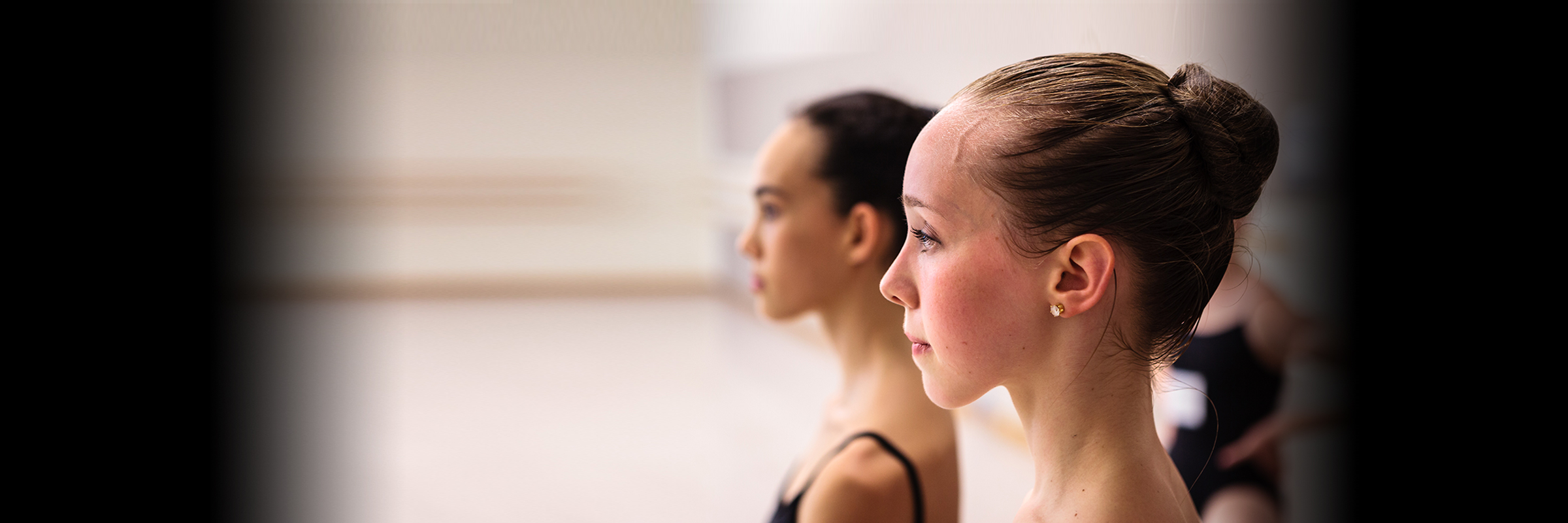Securing Ballet’s Future
Crisscrossing the country for SF Ballet School Auditions
Throughout the month of January, San Francisco Ballet School staff round up snow gear, stacks and stacks of audition numbers, golf pencils, plane and train tickets, rental car agreements—and lots and lots of safety pins. Each weekend, School Director Patrick Armand, School Faculty and Trainee Assistant Pascal Molat, Director of Education and Training Andrea Yannone, and Associate Director of School Administration Christina Rutter crisscross the country holding auditions. From Boca Raton to Boston, Santa Monica to Seattle, they seek the most promising young dancers to invite to the School’s rigorous year-round and summer programs. “We’re looking for talent, dedication, and a passion for the art of dance,” says Armand. “We visit so many different parts of the country because we want to give a wide range of students an opportunity to study here.”

On a wintry Friday in early January, Armand and Rutter managed a packed day of auditions in Chicago. The morning started with a 9:30 master class at the Chicago Multi-Cultural Dance Center, co-sponsored by the International Association of Blacks in Dance (IABD) and Deeply Rooted Dance Company. This class is part of an ongoing collaboration with IABD now in its second year; similar master classes have also been held in Washington DC. The event acts as both a learning opportunity, an informal audition for the School’s summer session, and a way to let students learn more about SF Ballet School. “Ballet training is the pipeline that connects dancers to companies,” says Yannone, “and we want to play a positive role in creating an inclusive and equitable dance field.”
By noon in Chicago, Armand and Rutter had arrived at the studios of The Joffrey Ballet to hold an audition for SF Ballet School’s School-Year Program. This particular audition was part of a new initiative, similar to colleges’ early-admissions programs, to give families more time to plan for students’ training. “In the past, students had to wait for the summer program to be evaluated for the School-Year Program,” explains Rutter. “That necessitated last-minute arrangements for a move to San Francisco.” Particularly for students moving away from home for the first time to a new state—or country—additional time to plan makes the transition easier.

Next up back in Chicago? Four hours of auditions for the School’s Summer Session. Intermediate to advanced dancers ages 14 to 18 are eligible to attend the School’s two summer programs, and more than 1,800 apply each year. The School offers two separate programs: a three-week session for intermediate students, followed by a four-week session for advanced students. While being accepted into Summer Session is a thrill, it’s not the final hurdle—of the 288 students who attended last summer, just 31 made it into the School-Year Program. While the odds are daunting, School staff make the auditions as stress-free as possible, greeting dancers with a smile, quelling anxieties, and answering parents’ questions, all while gathering registration materials, handing out audition numbers, and making sure each dancer has plenty of safety pins to help secure their number—and possibly their future training.
Header image: SF Ballet School students in class // © Chris Hardy








